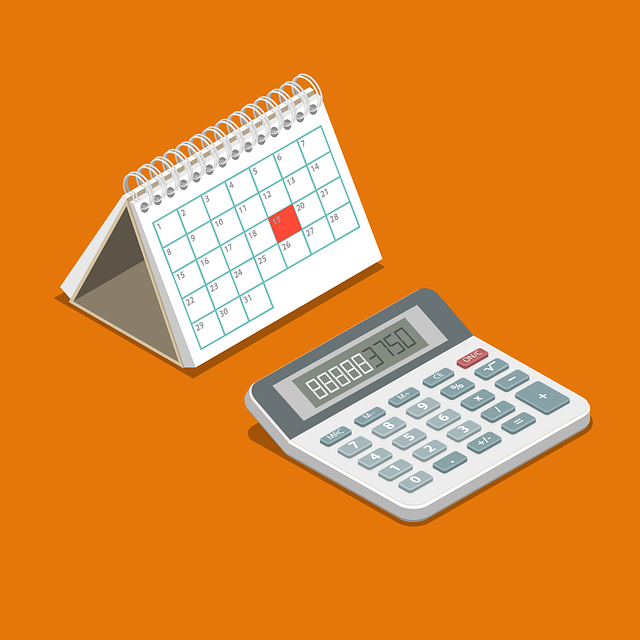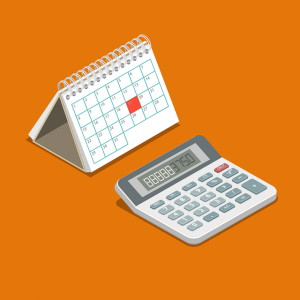
What Is Operating Leverage in Accounting?
 What’s your business’s operating leverage? When you invest in business-related products and services, you may expect them to drive revenue. Some of these costs, however, may prove more valuable to your business than others. By calculating your business’s operating leverage, you’ll have a better understanding of how effectively — or how poorly — your business is using its equipment, machines and other business-related products and services
What’s your business’s operating leverage? When you invest in business-related products and services, you may expect them to drive revenue. Some of these costs, however, may prove more valuable to your business than others. By calculating your business’s operating leverage, you’ll have a better understanding of how effectively — or how poorly — your business is using its equipment, machines and other business-related products and services
The Basics of Operating Leverage
Operating leverage is an analysis of a business’s fixed to variable costs. It’s used to calculate revenue changes associated with fixed costs.
All businesses have costs. Most costs can be classified as either fixed or variable. Fixed costs are those that remain constant for a prolonged period. And unlike variable costs, fixed costs are used to generate revenue. Your business may purchase equipment and machines, for instance, to produce products. Because they are directly used to generate revenue, equipment and machines are considered fixed costs.
Why Operating Leverage Is Important
Operating leverage is important because it reveals the correlation between fixed and variable costs. While they both consist of expenses, fixed costs and variable costs aren’t the same. Fixed costs are typically considered more valuable because they translate into revenue. When your business purchases equipment, machines or other essential products or services, it will likely generate revenue from those fixed costs.
Variable costs are less valuable. As previously mentioned, variable costs don’t translate into revenue. You can’t expect to avoid all variable costs when running a business, but you should try to keep them to a minimum. A high ratio of variable to fixed costs may result in less revenue for your business. Operating leverage, of course, will allow you to track your business’s fixed and variable costs.
If you know your business’s operating leverage, you can use it to calculate your business degree of operating leverage (DOL). DOL represents how efficiently your business turns its fixed costs into revenue. DOL, of course, is based on operating leverage. After identifying your business’s DOL, you’ll know whether your business is using its equipment, machines and other fixed costs to their fullest potential.
In Conclusion
Operating leverage may sound confusing, but it’s a relatively simple metric. It provides insight into fixed and variable costs. Calculating your business’s operating leverage will allow you to calculate your business’s DOL, thus revealing how well your business converts its fixed assets into revenue.
Have anything else that you’d like to add? Let us know in the comments section below!
